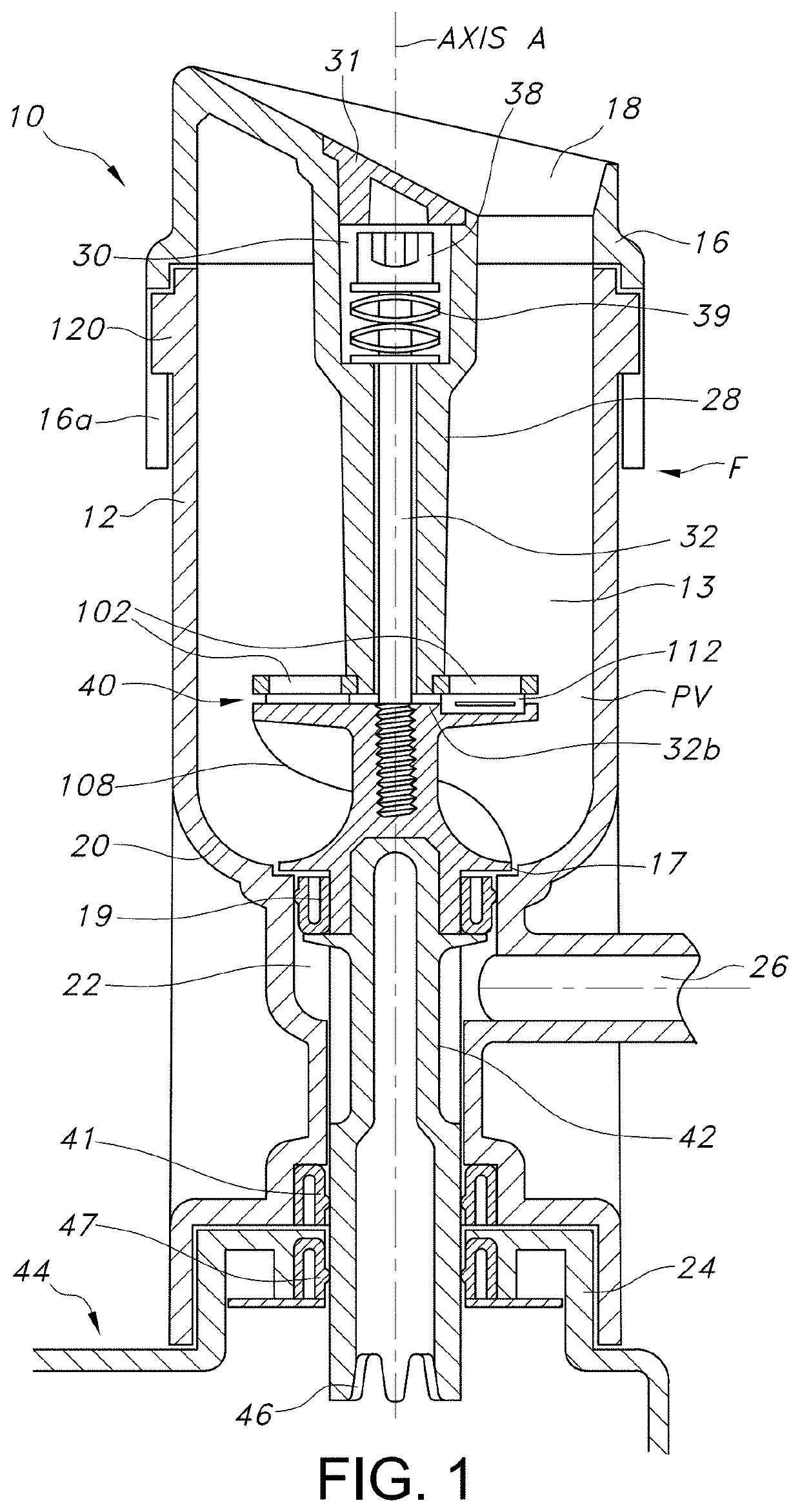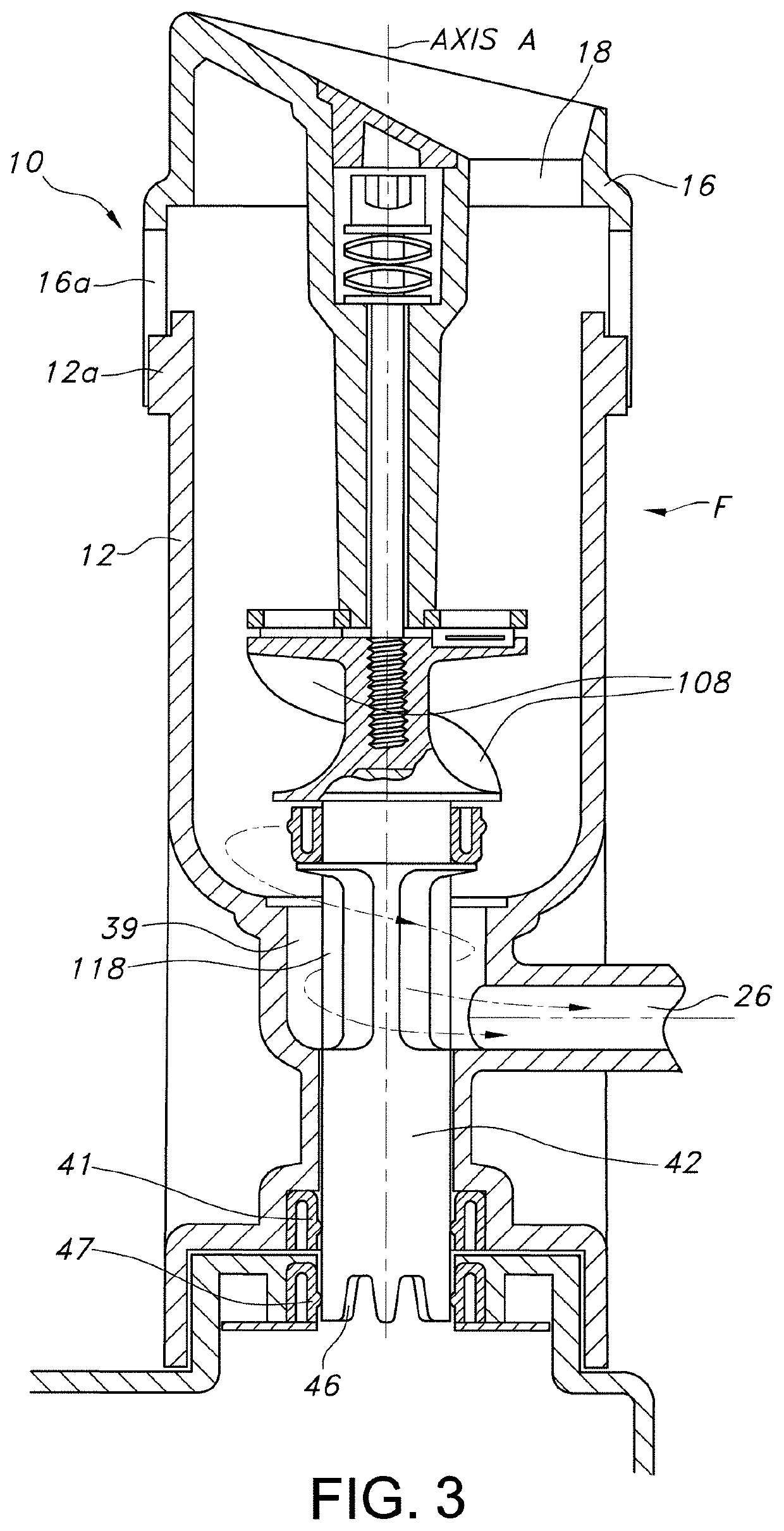Atraumatically formed tissue compositions, devices and methods of preparation and treatment
a tissue composition and composition technology, applied in the field of traumatically formed tissue compositions, devices and methods of preparation and treatment, can solve the problems of small ftsgs that can be used by current methods, the skin graft donor site cannot support regeneration, and the suture is closed, so as to achieve easy dispensing of wounds, high cell viability, and high viability.
- Summary
- Abstract
- Description
- Claims
- Application Information
AI Technical Summary
Benefits of technology
Problems solved by technology
Method used
Image
Examples
Embodiment Construction
[0093]The present invention enables the processing of excised tissue biopsy samples (TBSs) into a multitude of morcelized tissue particles (MTPs), for autologous wound healing. MTPs achieve effective healing by facilitating rapid cellular outgrowth from viable cells within a multitude of micrograft particles to radiate peripherally from and to bridge between the individual micrografts applied upon and covering an open wound.
[0094]The present invention embodies a sterile single-use disposable device which enables an effective and expedient means for a surgeon or medical practitioner to aseptically process an excised biopsy into an abundance of autologous micrograft particles. The process can be performed in an operating room or in a clinic at a patient's bedside. The procedure can be performed within a single patient visit procedure.
[0095]TBSs are processed into MTPs for example, full thickness skin graft particles (FTSGPs), split thickness skin graft particles (“STSGPs”) and cartila...
PUM
| Property | Measurement | Unit |
|---|---|---|
| size | aaaaa | aaaaa |
| size | aaaaa | aaaaa |
| thick | aaaaa | aaaaa |
Abstract
Description
Claims
Application Information
 Login to View More
Login to View More - R&D
- Intellectual Property
- Life Sciences
- Materials
- Tech Scout
- Unparalleled Data Quality
- Higher Quality Content
- 60% Fewer Hallucinations
Browse by: Latest US Patents, China's latest patents, Technical Efficacy Thesaurus, Application Domain, Technology Topic, Popular Technical Reports.
© 2025 PatSnap. All rights reserved.Legal|Privacy policy|Modern Slavery Act Transparency Statement|Sitemap|About US| Contact US: help@patsnap.com



